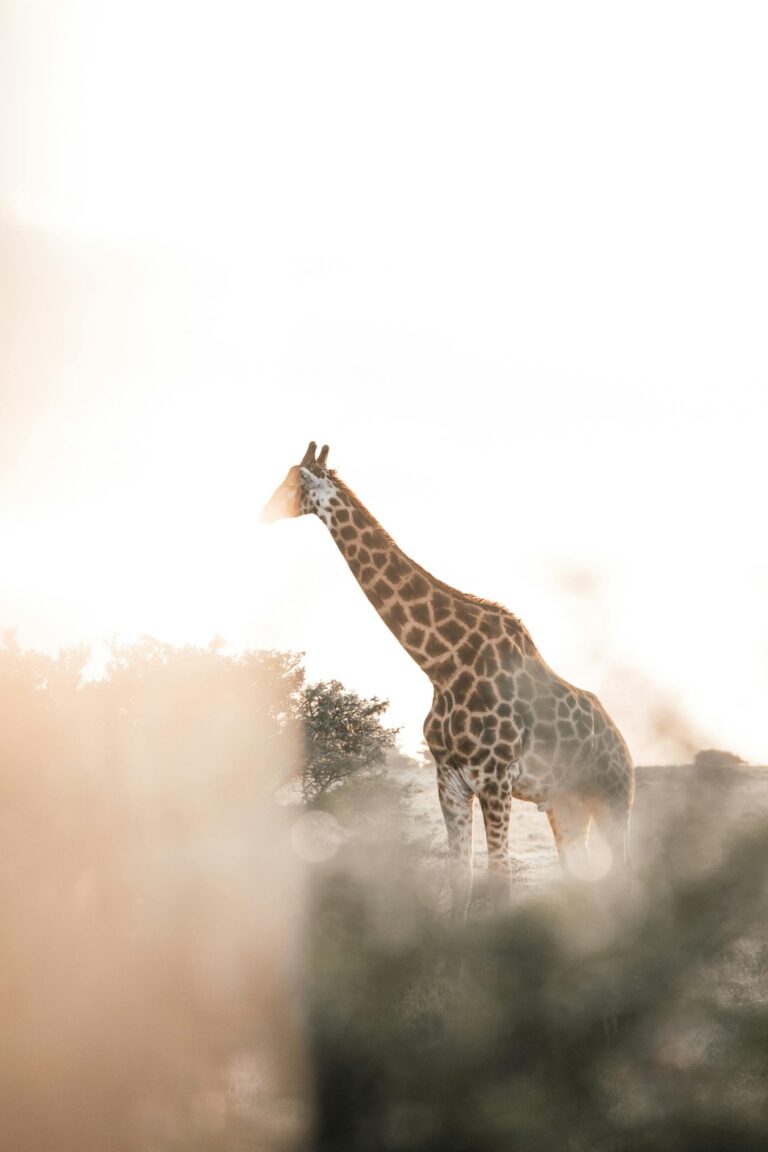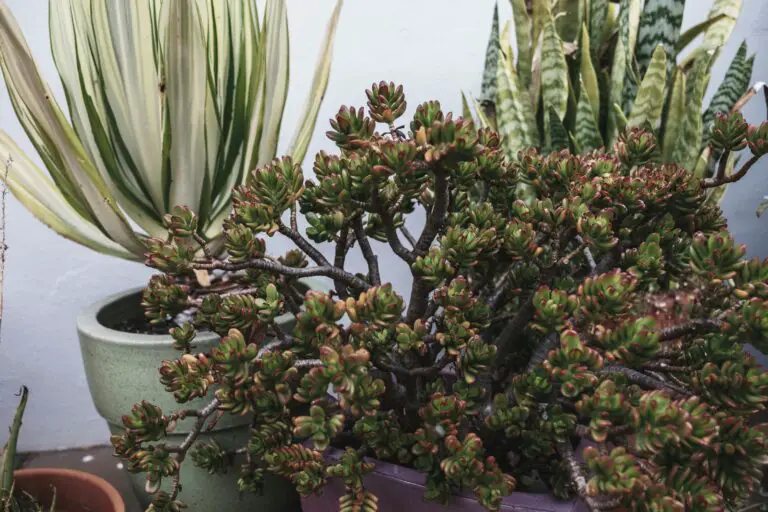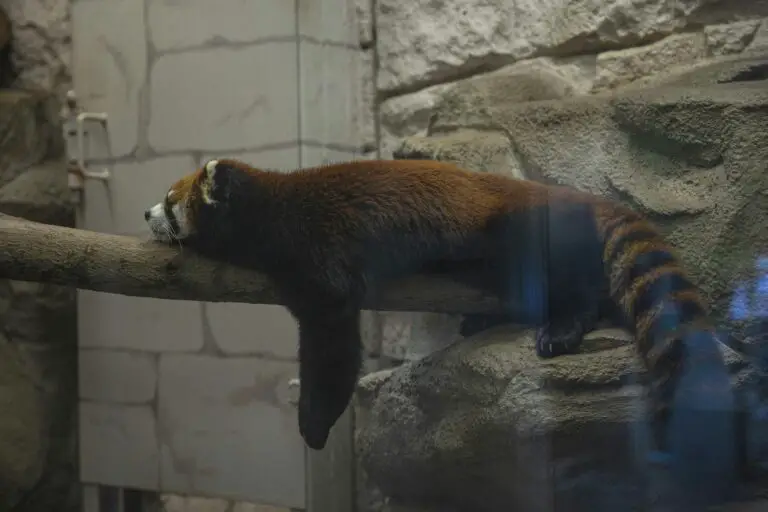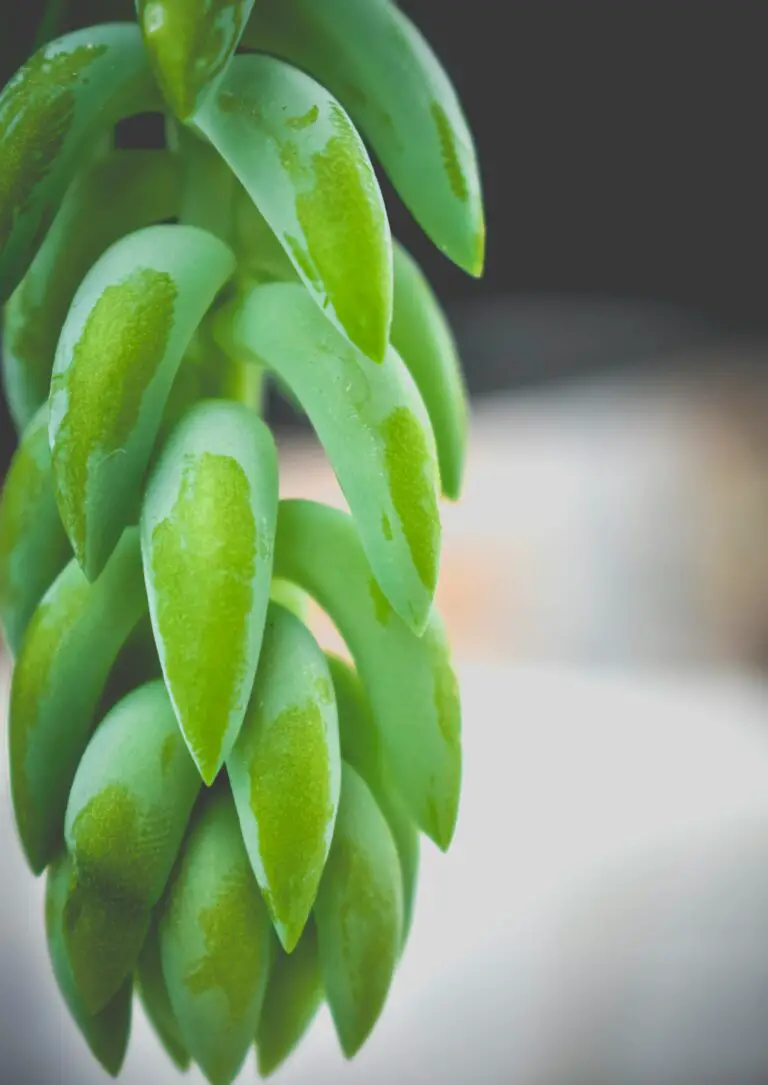Introduction to Sedum
Envision a group of plants so resilient and diverse that they effortlessly blanket rocky cliffs, thrive atop windswept hills, and even grace your living room in a charming terracotta pot. This is the world of sedum, or ‘stonecrops’ as some like to call them. Known for their plump and hardy nature, sedums are a spectacle in the plant kingdom, flaunting an admirable ability to adapt to a myriad of habitats.
What’s truly remarkable about sedums is not just their fleshy leaves or starry flowers, but where they make their homes. These succulents are found in the most unexpected nooks of the globe, from the arid deserts of North America to the rocky crags of the Himalayas. They are masters of conservation, hoarding water in their leaves like nature’s little survivalists.
As a testament to their adaptability, consider the sedum varieties that embellish the green roofs of urban buildings, helping to combat the heat island effect. This not only illustrates their ecological value but also their versatility in landscape design. They seem to whisper a secret—an ancient tale of survival and beauty intertwined.

In the following sections, we’ll dive deeper into the sedum’s world, exploring the intriguing and lesser-known aspects of these hardy succulents. So stay tuned as we unravel the many secrets sedum plants have to offer.
The Wide World of Sedum Species
Jump into the fascinating universe of sedum, and you’ll discover a cosmos of color, form, and texture. With species that can blanket the ground in a lush carpet or explode skyward like verdant fireworks, sedums are truly the chameleons of the plant kingdom. From jagged peaks to dappled woodlands, the adaptability of these hardy succulents knows no bounds.
Imagine inching up a rocky mountainside where the air is crisp and the soil scarce. There, the sedum plants hug the earth, hardy and resilient, thriving against all odds. These stonecrops, as they’re aptly named, don’t just survive; they radiate vitality, their succulent leaves a mosaic of survival in extreme habitats.

But let’s not overlook our own backyard gardens, where sedum varieties have been handpicked to elevate our landscapes. The domesticated kin of wild sedum are no less impressive—ranging from the beloved Autumn Joy with its candy-colored blooms to the boldly-hued groundcover of Dragon’s Blood, creating tapestries of effortless year-round interest. Cultivated sedums are both a gardener’s dream and a pollinator’s paradise.
For those eager to delve into the world of sedum care, resources like this comprehensive guide can offer a treasure trove of tips. Whether you’re nurturing a wilderness of wild species or curating an array of ornamental varieties, understanding their needs is key to a thriving sedum sanctuary.
Are you new to the succulent scene? Perhaps you’re considering your first foray into this captivating group of plants. Don’t be daunted; succulents are surprisingly forgiving and a perfect starting point for the burgeoning green thumb. For insightful advice, turn to the Ultimate Guide to Succulent Care for everything you need to begin your journey.
The sedum spectrum is vast and varied, laden with discoveries at every turn. From the wild species that endure on windswept cliffs to those that grace our window sills, sedums bring a piece of the extraordinary into our everyday lives. As we explore, cultivate, and cherish these versatile succulents, we’re reminded of nature’s remarkable ability to adapt and thrive in a world of endless possibilities.
Natural Havens: Where Sedum Thrives
Envision rolling landscapes peppered with the rugged beauty of sedums, and you’re just scratching the surface of these versatile succulents’ natural abode. Known for their resilience and ability to flourish in a variety of conditions, sedums, or ‘stonecrops’ as they are affectionately called, are a delight to the eye and a fascination to the botanist.
From crevice-dwelling charmers to alpine adventurers, sedums paint a picture of adaptation and survival. In North America, the sheer variety of sedums bask in the sun-drenched expanses of the continent’s rock gardens. Europe’s ancient walls whisper tales of these succulents that nestle in nooks, effortlessly adding a splash of color to historical tapestries. Moving to Asia, the sedums stand tall among the monolithic mountains, biding their time in the thinning air, showing off their hardy nature.
Ecologically, the sheer variety of sedum species has enabled them to stake their claim in a vast range of habitats. From the searing heat of deserts to the fleeting warmth of temperate zones, each variety has found its perfect pocket in the ecosystem, sometimes squeezing life from the barest of soils. In these environments, they play a crucial role, providing not only aesthetic value but also serving as a haven for insects, birds, and microorganisms.
If you think only desert dwellers can withstand drought, think again. Many sedum species possess water-storing leaves, allowing them to endure in dry conditions that would see other plants wither. These succulents’ ability to conserve water makes them a fantastic focus for anyone curious about drought-tolerant landscapes and sustainable gardening practices.
Don’t mistake their ruggedness for a lack of variety, though. Each environment hosting sedums brings out an array of diverse traits, from the tightly clustered rosettes found perched on alpine ledges, to sprawling mats that adorn coastal cliffs, each is a testament to the incredible versatility of the genus.
Next time you’re wandering through a garden or hiking a mountain trail, take a moment to look around. Chances are, a sedum will be thriving somewhere nearby, subtly tucked into the landscape, thriving in places you wouldn’t expect, making the most out of every drop of sunshine and every grain of soil. In the world of plants, sedums are truly the masters of gritty survival and widespread appeal.
Sedum’s Adaptive Strategies
As nature’s resilient warriors, sedum plants have carved a niche for themselves in some of the most challenging environments on our planet. These versatile succulents have perfected the art of survival, adapting seamlessly from the arid cracks of desert rocks to the lush spreads in a garden pot. With savvy survival skills, they arm themselves against the onslaught of climate adversities.

Let’s delve into the world of sedum and unearth the secrets of their resilience. Imagine a plant so tenacious that it can flourish with minimal water, laugh in the face of scorching sun, and yet embrace sub-zero temperatures with the same zeal. This isn’t science fiction—this is sedum. These hardy plants come equipped with fleshy leaves and stout stems that double as reservoirs, hoarding water to breeze through droughts. But their cleverness doesn’t end there.
Their ability to adapt to nutrient-poor soils is nothing short of remarkable, opening up real-estate for growth in places most plants would balk at. If you’ve ever walked by a rocky outcrop and wondered at the splash of greenery, chances are a sedum species was showing off its survival prowess.
Moreover, this architectural foliage isn’t just for show. The thick leaves are infused with a kind of antifreeze, allowing these hardy succulents to stand tall against frost’s touch. The thickened skin of their leaves acts as insulation, keeping the inner workings of the cell at optimum levels despite the surrounding chill.
For a deeper understanding of how sedum plants have turned survival into an art form, take a look at this article. It dives into the heat-regulating properties of these green marvels, dominating landscapes where many wouldn’t dare to sprout.
Next time you spot a sedum, whether in an urban planter or on a windswept hillside, consider the layers of adaptation at play. These plants aren’t just surviving; they’re thriving, showcasing the art of living in full green glory.
Human Influence: Sedum in Cultivation
In a world where the human footprint is inexorably extensive, the resilient sedum has been whisked from its wild crags and crevices into the very heart of our urban landscapes. As we traverse this botanical journey, we marvel at how sedums, those hardy members of the succulent family, have been lovingly adopted and adapted by garden enthusiasts and green architects alike.
Imagine strolling through a garden where the sun dazzles upon the myriad shades of sedum; now these robust beauties don’t just thrive in the dedicated plant-lover’s oasis, but also adorn the nooks of concrete jungles, bringing life to green roofs that elegantly sit atop city structures. Elevating green environments in urban areas, sedum has been a cornerstone plant in the push for more sustainable and eco-friendly building practices.
But it wasn’t just happenstance that saw sedums rise to such prominence in cultivation. Hardy, drought-tolerant, and requiring minimal fuss—these qualities make sedums a perfect fit for gardeners seeking low-maintenance yet visually striking plants. From the bursting star-shaped flowers to the fleshy, often brilliantly colored leaves, sedums bring a tapestry of texture and hue to gardens across the globe.
Furthermore, sedums have been at the forefront of a revolution in green roofing, where their ability to withstand extremes is put to the test. They are pivotal in creating insulating layers that protect buildings from harsh weather, reduce water runoff, and even combat the urban heat island effect. Simply put, sedums are not just surviving but thriving under the nurturing hand of humankind, making the most of our rooftops and gardenspaces to display their rugged charm.
What’s also fascinating is witnessing the camaraderie between sedums and other plants. In companion planting, sedums are often seen mingling with lavender and salvia, creating a symbiotic triad of drought resistance and aesthetic splendor. These culturally crafted ecosystems don’t just please the eye but also serve a greater ecological purpose; they are biodiversity hotspots right in our backyards!
To round off, it is no small feat that sedums have been able to navigate their way from obscure alpine origins to become stars of the horticultural world. Their tale of adaptation and proliferation is a testament to their durability and the ingenuity of gardeners and eco-architects worldwide who have recognized and harnessed their remarkable qualities.
Growing Your Own Sedum: Tips and Tricks
Keen on adding a touch of rugged beauty to your garden with minimal fuss? Say hello to sedum, the hardy succulent that thrives on neglect! Whether you’re a seasoned gardener or a green-thumbed novice looking to dive into the succulent world, growing sedum can be a rewarding experience. Let’s dig into the practical advice that’ll help you cultivate these resilient plants right in your backyard!
First off, let’s talk soil. Sedum is not fussy, but it does have one golden rule: well-draining soil is a must. Think of the gravelly, rocky habitats where sedum are naturally found—they love conditions where water doesn’t linger. If you’re dealing with clay, consider creating a raised bed or mixing in plenty of sand and compost to improve drainage. Remember, the looser the soil, the happier your sedum will be.
When it comes to quenching their thirst, sedum are the camels of the plant world. Overwatering can spell disaster, so wait until the soil is dry before giving them a drink. If you’re unsure, it’s better to err on the side of dryness. Imagine you’re chilling in a desert, sipping water sparingly—your sedum want to share that vibe!
Sunlight: The Make-or-Break Factor
Now, let’s bask in the topic of sunlight. Sedum plants are like solar panels; they soak up the sun and flourish. Most varieties crave full sunlight for optimal growth, although some can tolerate partial shade. Think of how a day at the beach rejuvenates you—that’s what a full day of sunshine does for your sedum. So, find them a sunny spot where they can bask in at least six hours of natural light daily.
A real-life example that epitomizes sedum’s adaptability comes from my neighbor’s garden. They planted sedum along a rocky slope that most plants would reject. With minimal care, those sedums spread into a lush carpet of green, sprinkled with vibrant star-shaped flowers. It’s a testament to the “set it and forget it” nature of these fantastic succulents.
Incorporating these tips into your garden routine will set you on the path to growing sedums that are the envy of the neighborhood. And there’s nothing like hands-on advice to get you started. Check out this video for some visual inspiration and practical steps on propagating your sedum and ensuring it thrives.
Armed with these insights, you’re ready to delve into the world of growing sedum. Remember, they’re as tough as they are beautiful, so don’t overthink it. Plant them, show them some love (but not too much water), and watch as they transform your garden into an oasis of hardy succulents.
Conservation and Protection of Wild Sedum
In the tapestry of nature, the wild sedum weaves its own unique pattern of resilience and beauty. These hardy succulents, often found clinging to rocky ledges or sprawling across meadows, are a testament to life’s ability to thrive in diverse habitats. Yet, despite their robust nature, sedum species face threats that may undermine their wild splendor. It is our call to action to shield these natural treasures from harm and ensure that they continue to enhance our world for generations to come.

Imagine walking through a sun-dappled forest or scaling the heights of a craggy cliff, only to stumble upon the vibrant greens and reds of sedum plants—each one an eco-warrior in its own right. These plants do more than just beautify their surroundings; they play a crucial role in maintaining ecological balance. However, with expanding urban development and changing climate patterns, the places where sedum are found are increasingly under siege. Habitats are fragmented, invasive species crowd out native flora, and the delicate dance of ecosystems is thrown off-kilter.
It’s not all doom and gloom, though—as conservationists and nature enthusiasts alike rally to protect these botanical wonders. Mitigation strategies have blossomed in different corners of the world, ranging from setting aside conservation areas to fostering community gardens that serve as safe havens for local sedum varieties. There’s magic in action, from the high-tech endeavors of seed banking to the traditional practices of sustainable harvesting. Each attempt paves the path towards a future where the wild sedum’s survival is not just a hope, but a reality.
The success stories are as inspiring as the plants themselves. Take the once-dwindling sedum populations in certain arid regions that have been brought back from the brink through meticulous, science-based conservation efforts. By preserving those critical areas where sedum are found and fostering public awareness, we can ignite a collective commitment to treasure and safeguard these hardy succulents and their wild habitats.
As we move forward, the conservation and protection of wild sedum stand as a symbol of our dedication to preserving the natural world. The variety of challenges they face may be daunting, but with a blend of community involvement, scientific research, and a deep-seated respect for nature, we can ensure that these ecological gems continue to flourish. In doing so, we don’t just protect sedum—we preserve the rich tapestry of life itself.
FAQ: Unearthing the Answers
Curious about those intriguing plants known as sedum? You’re not alone! These hardy succulents are fascinating not only for their robust nature but also for the diverse habitats they grace with their presence. Let’s dig into the frequently asked questions and uncover the secrets of where sedum are found and how to grow them.
Common Habitats: A World of Extremes
Sedum, often spotted in rock gardens and rooftop plantings, truly are global citizens. These resilient plants are native to multiple continents, showcasing their adaptability. Whether it’s the sheer rocky cliffs of the Greek isles, the arid desert landscapes of North America, or the windswept hills of the U.K., sedum plants cling to life with remarkable tenacity. Some species, like Sedum acre, thrive in the wild, creeping over stones and through cracks in a testament to their hardiness.

Urban Survivors: Thriving in Concrete Jungles
But it’s not just natural rockeries and drought-stricken areas where sedum shines. These plants have carved out a niche in urban settings, too. Cities, with their heat islands and limited green spaces, have adopted sedum as a go-to plant for green roofs and vertical gardens. Their need for minimal soil and ability to withstand drought makes them ideal for eco-friendly architecture. Picture the green roofs of Chicago’s city buildings, where sedum species create a splash of life against the skyline.
Gardener’s Delight: Growing Sedum at Home
Interested in growing sedum at your own home? It’s easier than you might think! These low-maintenance plants ask for little but give so much in return. Whether tucking them into a sunny rockery or planting them in well-draining containers, sedum are happy to oblige. They don’t fuss over soil quality, and after establishing, they need little watering. Real-life green thumbs love sharing tales of sedum flourishing with neglect, often becoming even more colorful and vibrant with stress!
So, whether you’re a botany enthusiast or an aspiring gardener, remember that sedums are not just plants; they’re stories of survival, adaptability, and beauty in the most unlikely places. Venture outdoors or to your nearest nursery, and witness the variety that sedum has to offer.



